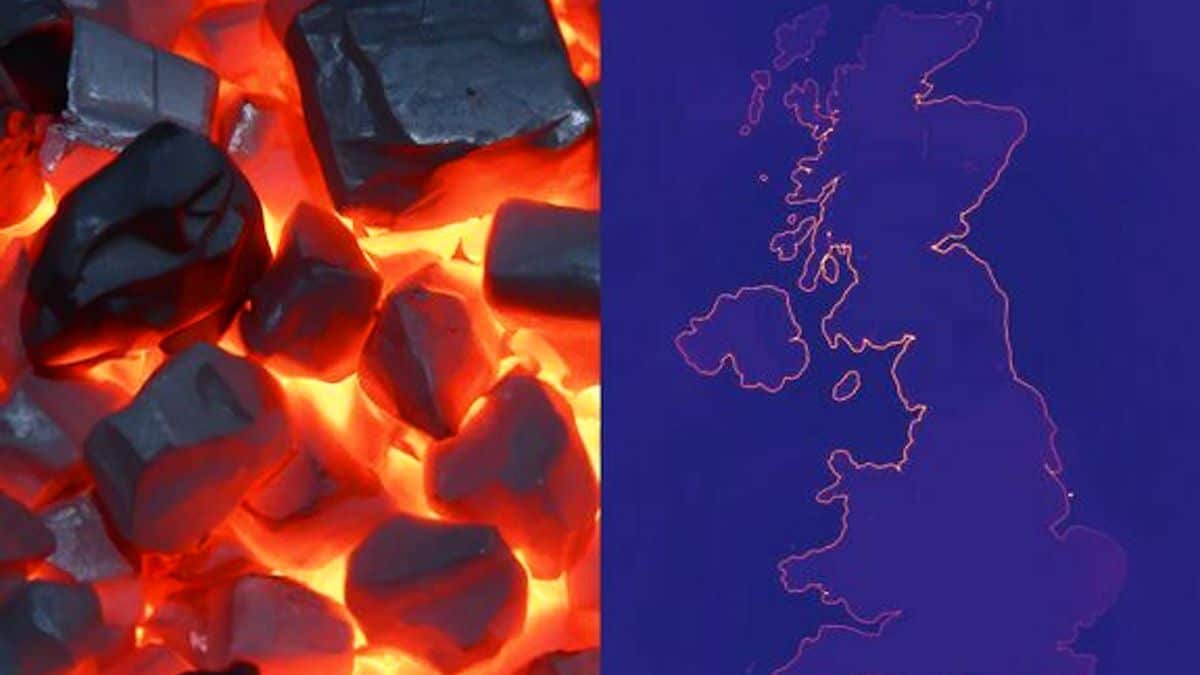
Science makes a major discovery about controlled thermal radiation
Controlling thermal radiation, previously considered a random phenomenon, is opening new horizons thanks to the work of researchers at the University of Vienna and the University of Manchester. These discoveries promise to revolutionize our understanding and control of the heat emanating from materials.
Thermal radiation, generally governed by the laws of statistical physics, can now be controlled. A team of researchers led by Professor Stefan Rutter from the Institute for Theoretical Physics To ViennaIn collaboration with Coskun Kocabas of the University of Manchester, he demonstrated that thermal radiation can be precisely manipulated. This discovery was published in the journal science.
When a piece of metal is heated, its color depends only on its temperature. Neither the material, nor the geometry, nor the structure of its surface affect this color. However, researchers have shown that thanks to innovative methods linked to mathematical topology, thermal radiation can only be emitted at specific points.
Material properties and topology
The properties of a material, such as its ability to absorb light or conduct electricity, depend on fine details such as the presence of specific atoms. Even small perturbations can change the behavior of a sample of matter.
According to Stefan Rutter, “In practice, it is desirable that the properties of materials are as stable as possible, which are not immediately destroyed by small changes“. That is why special attention is paid to the topological properties of materials.
Topology, a branch of mathematics, deals with the fundamental properties of geometric objects. For example, a donut is topologically different from a cake because it has a hole in the middle. This topological stability is also found in materials research, where some properties can remain stable despite perturbations.
The coasts of the British Isles are a model of thermal radiation
The joint project showed that the radiative behavior of objects can be described topologically. This makes it possible to develop special coatings to control thermal radiation in new ways.
The combination of specific metal layers creates topological effects, allowing thermal radiation to escape only at specific points. “It is possible to limit thermal radiation to completely arbitrary shapes“, explains Stefan Rutter. The Manchester researchers chose a map of the British Isles to illustrate this concept.
By creating a special multi-layer layer, thermal radiation is emitted only along the coast, where the thickness of the upper layer varies between land and sea. This phenomenon allows the generation of thermal radiation only at points determined by the coast of the British Isles.
Implications and openings
Topological effects have already been recognized in other contexts, as demonstrated by the 2016 Nobel Prize in Physics. Applying these concepts to thermal radiation represents a major advance. The presented experiment constitutes a proof of concept for these technologies, paving the way for a large number of other technically interesting effects.
The researchers are confident that this discovery could lead to innovative applications in various fields, ranging from thermal management of materials to the design of advanced optical devices.
Illustration legend: thermal radiation; But thanks to topological tricks, it is possible to make a surface emit thermal radiation only at certain points, which makes it possible to create an image, for example a map of the British Isles.
Article: “MS Ergoktas et al, Localized thermal emission from topological interfaces,” Science 384, 6700. https://arxiv.org/abs/2401.08316

“Organizer. Social media geek. General communicator. Bacon scholar. Proud pop culture trailblazer.”
